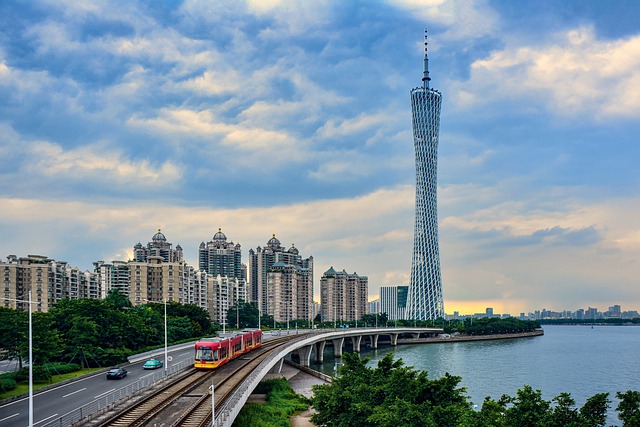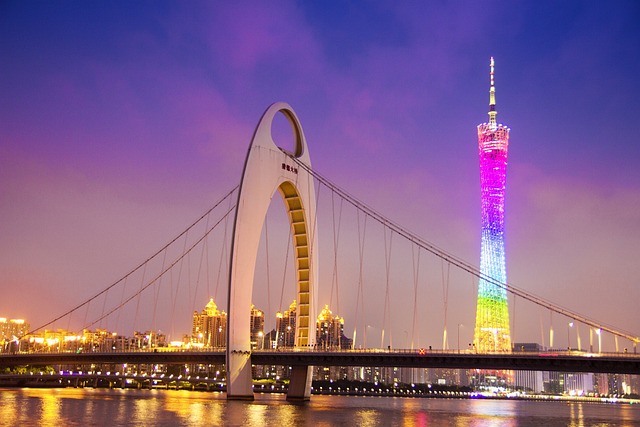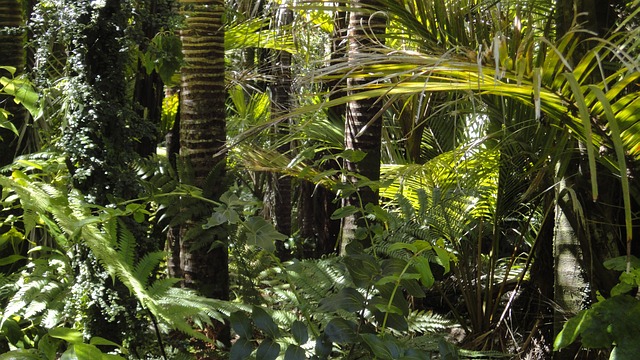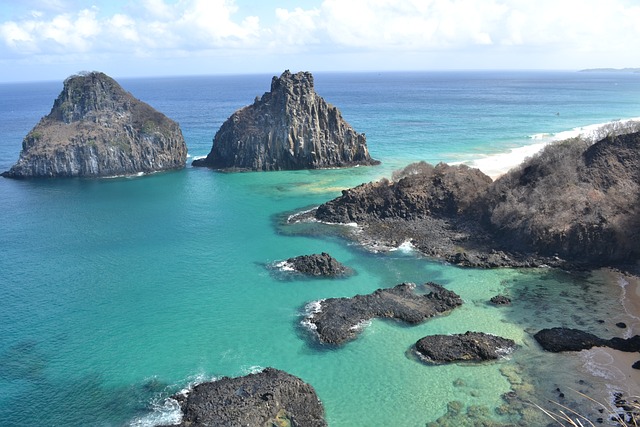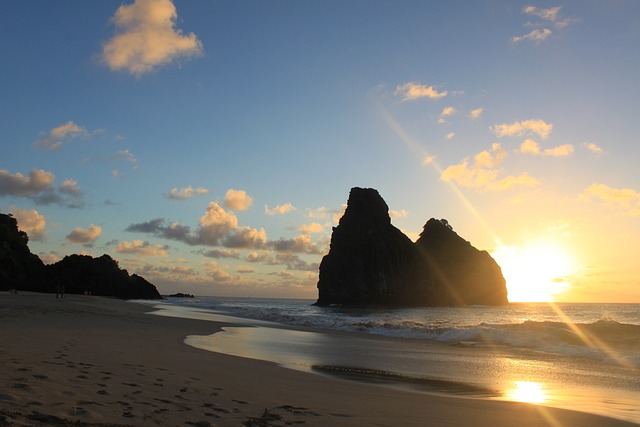Guangzhou, a city with a long history and vibrant vitality, attracts tourists from all over the world with its unique culture and cuisine. The following is a carefully compiled guide to Guangzhou, hoping to add convenience and pleasure to your journey.
Line 1: Explore the history and culture of Guangzhou
● Yuexiu Park: a landmark attraction. Its history can be traced back to 1927, and it has a history of more than 90 years. The park is located in Yuexiu Mountain, a branch of Baiyun Mountain, with the highest peak more than 90 meters above sea level. Yuexiu Park is not only a treasure trove of natural beauty, but also an important carrier of Guangzhou’s history and culture. It includes national key cultural relics protection units such as the Sun Yat-sen Memorial, Zhenhai Tower and the Ming Dynasty Ancient City Wall. It is particularly worth mentioning that the symbol of Guangzhou-the Five Goats Stone Statue, which shows the legends and historical stories of Guangzhou. The Ming Dynasty Ancient City is the oldest existing city wall in Guangzhou. It has a history of more than 600 years and has witnessed the historical changes of Guangzhou City. Zhenhai Tower is the best-preserved, most imposing and most ethnic ancient building in Guangzhou, and is known as the first scenic spot in Lingnan.
● Guangdong Provincial Museum: Guangdong Provincial Museum is the largest comprehensive museum and regional cultural relic protection center in South China, and is also one of the first national first-class museums. It has a rich collection, with a total of more than 320,000 pieces (sets), including more than 53,000 pieces (sets) of natural specimens and fossils. The quantity and quality of ancient calligraphy and painting and ceramics are among the best in national museums. The museum’s exhibition is based in China and faces the world. It is not only an important window for audiences from all over the world to understand Chinese civilization, but also a platform to showcase the profound historical heritage of Lingnan culture.
● Sun Yat-sen Memorial Hall: Built to commemorate the great democratic revolutionary pioneer Mr. Sun Yat-sen, it is not only a monumental building with important historical significance, but also a landmark building in Guangzhou. The architectural style combines the traditional Chinese palace style with modern Western graphic design techniques, creatively uses Chinese ancient architectural techniques, and has extremely high artistic and ornamental value.
● Sacred Heart Cathedral: Also known as the Stone Chamber Sacred Heart Cathedral or the Stone Chamber Jesus Sacred Heart Church, it is a Gothic cathedral with important historical, architectural and artistic value. It is the only Gothic cathedral in Southeast Asia that is built with granite and relatively well preserved. The stonework of the church is of superb technology, precise structure, fine and delicate stone surface, and exquisite lines. Note: The church is open to the public during non-mass hours, but photography is prohibited inside.
● Beijing Road: It is not only the political and cultural center of Guangzhou, but also the commercial center. Since the Song Dynasty, it has been the most prosperous commercial center in Guangzhou, especially during the Ming and Qing Dynasties. During the renovation of Beijing Road Pedestrian Street, the remains of an ancient road with 11 layers of pavement from the Tang Dynasty to the Republic of China were discovered. This discovery proves the historical status of Beijing Road as the central axis of Guangzhou. Beijing Road Cultural Tourism Zone has become the area with the most historical and cultural heritage and cultural tourism value in Guangzhou with its rich cultural relics, intangible cultural heritage projects and time-honored shops.
Line 2: The prosperity and night view of modern Guangzhou
● Sun Yat-sen University: Sun Yat-sen University is a famous institution of higher learning with a century-old tradition of running schools. It was founded by Mr. Sun Yat-sen. It is a national key university directly under the Ministry of Education of China and the highest institution of learning in Guangdong. Sun Yat-sen University has made remarkable achievements in discipline construction, with many disciplines entering the top 1% of the world in ESI and performing outstandingly in the national higher education discipline assessment. In addition, Sun Yat-sen University also pays attention to international exchanges and cooperation, and has signed school-level cooperation agreements with more than 200 colleges and universities in many countries and regions around the world, and has carried out multi-level and wide-ranging cooperation.
● Canton Tower: As a landmark building in Guangzhou, it is famous for its unique design and innovative structure. Its inspiration comes from the elegant curve of the human hip bone. By simulating three-dimensional stereoscopic shapes, it creates the unique “slender waist” of the Canton Tower. The main body of the tower is 454 meters high, plus the 146-meter antenna mast, the total height reaches 600 meters, making it the tallest tower in China and one of the world’s famous sightseeing towers.
● Tianhe Business District: It gathers many shopping centers, department stores and brand flagship stores. It is one of the most important commercial and trade agglomeration areas in Guangzhou and even in South China. Tianhe Business District not only performs well in retail, but also has rich dining, entertainment and cultural experiences.
● Night view of the Pearl River: The main night cruise terminals on the Pearl River include Dashatou Terminal, Tianzi Terminal, Guangzhou Tower Terminal, etc. Take a cruise to enjoy the charming night view on both sides of the Pearl River.
Line 3: Experience Guangzhou’s traditional culture in depth
● Chen Clan Academy: Also known as Chen’s Academy, it is a famous attraction in Guangzhou, Guangdong Province. Chen Clan Academy not only has a high artistic value in architecture, but is also a treasure house of Guangdong folk crafts. It is now a national first-class museum.
● Shangxiajiu Pedestrian Street: The full name is Shangxiajiu Commercial Pedestrian Street. It is located between Shangjiu Road, Xiajiu Road and Diyifu Road in Liwan District, Guangzhou. It is one of the three traditional prosperous commercial centers in Guangzhou. Shangxiajiu Pedestrian Street is famous for its unique Xiguan style. It is a food stronghold in the eyes of locals and a must-visit place for foreign tourists to experience the traditional customs of Guangzhou.
● Shamian Island: Shamian Island was originally a sandbar formed by the alluvial deposits of the Pearl River. Historically, it was an important hub for Guangzhou’s foreign trade. From the Song Dynasty to the Qing Dynasty, it has been the gateway to Guangzhou’s maritime transportation. Visitors can feel the strong historical and cultural atmosphere here, appreciate the unique Western classical architectural style, and experience Guangzhou’s European style.

● Choose a day to play and enjoy the fun time in Chimelong Paradise or Chimelong Safari Park, Metro Line 3 Chimelong Station.
Guangzhou Transportation Guide
● Airplane: Guangzhou Baiyun International Airport provides direct flights with many flight options.
● Metro: Guangzhou has a well-developed metro network, covering major attractions, and is a convenient way to visit Guangzhou.

